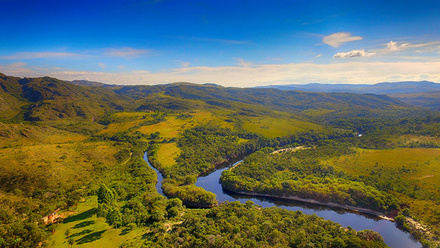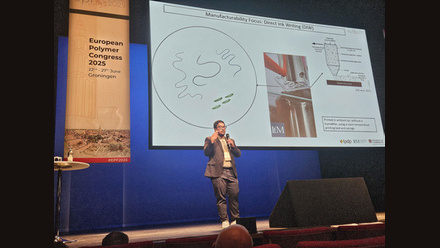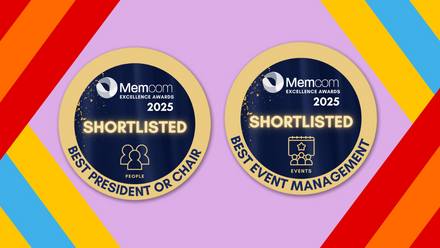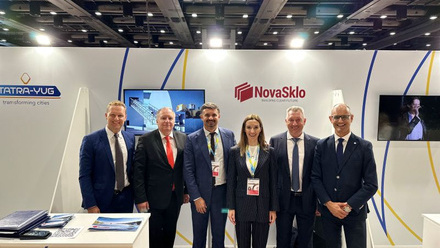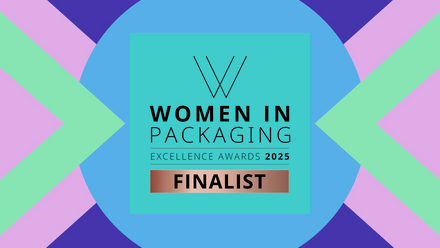Breaking through - what next for the mining industry?
A panel of experts considered some of the main hurdles facing the mining industry over the next decade at a recent IOM3 event.
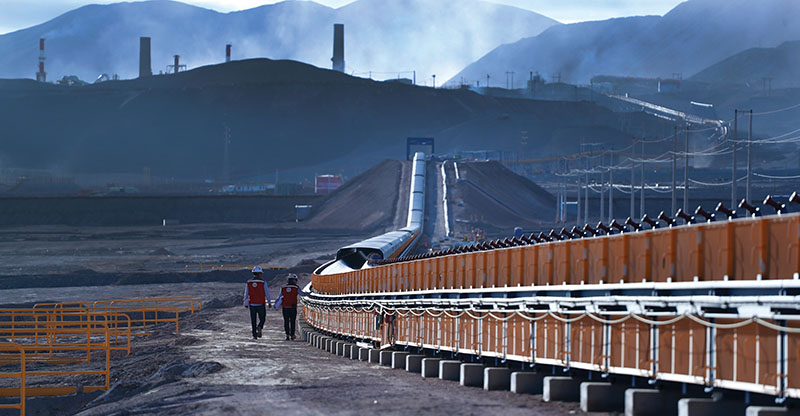
Duncan Wanblad FIMMM, Group Chief Executive at Anglo American, identified three global trends that he sees driving future demand for metals and minerals at an IOM3 event on the ‘Future Challenges for Mining’ this July.
The eradication of poverty is the first, food security the second and climate change the third. This last one, he added, includes the role of materials in the energy transition.
However, he said the mining sector faces numerous challenges to meet this demand. To start with, companies must mine much more material to extract the same amount of value as they did in the past, with processes that are more energy intensive.
'Twenty years ago, the average grade of copper in the world was about 1%,” he said. 'Today, it’s about half a per cent…so you can see what that means for things [like] the intensity of water, electricity and land use.'
His list of challenges also includes attracting investors to support projects in a more geopolitically fractured world. Despite advances in technology and improved productivity, it also doesn’t help that mines are more difficult to develop and operate, in part due to environmental, social and governance (ESG) requirements.
To give an example, he said mining of the top 20 global underdeveloped copper deposits is not proceeding due to environmental or community-related issues.
'That’s a material change of mindset and the money and time compared to what it’s been before, on top of all the other technical challenges,' Wanblad flagged.
Image conscious
Meanwhile, overhauling the 'unsexy' perception of the industry will mean digging deep, Wanblad added. This means individuals are not attracted to a mining career, which puts a future pipeline of skilled professionals at risk in some countries.
He pointed out, 'There’s some universities here in the UK that don’t even offer an undergraduate mining degree, so where are the mining engineers that are going to apply all the technology of the future and deal with these challenges coming from?'
Barbara Dischinger, Director of International Women in Mining, offered some solutions in her presentation on equality, diversity and inclusion (EDI).
She told delegates the way people are recruited and retained is intrinsically connected to how inclusive the workplace is. However, the speaker added that it was more complex and nuanced when it came to mining.
'It’s a bit too easy to say underrepresented groups are not interested in mining,' she explained. 'What I would say is that although the sector is grappling at attracting and retaining people, it has made progress.'
Dischinger cited mining companies that have developed and promoted EDI policies. However, she stressed that retention remains a challenge.
'Either people are not promoted or there is harassment… also some people try and stick it out for as long as they can but decide ‘it’s not for me’ and leave.
'The issue for mining is they’re not just going to the next company next door, they’re leaving the sector altogether, taking their valuable skills with them.'
For effective retention, she said companies need committed leaders, properly allocated resources and a dedicated team to take responsibility for EDI.
In a nutshell, mining companies need to 'recognise that multiple identities exist, address systemic inequalities across their workplaces, including all voices in decision-making processes and have inclusive policies and practices'.
Rohitesh Dhawan, President and CEO of the International Council for Mining and Metals, also discussed the industry’s image. Interestingly, he shared his experiences of Chile, where perceptions contrast sharply with many countries.
He told delegates that, every year, university graduates in Chile are asked which employer they would most want to work for and that Google was ranked second. 'The number one most coveted employer in Chile is a mining company.'
Dhawan surmised this common perception as probably shaped by the fact that the National Copper Corporation of Chile isn’t a private company. 'People see a different connection between a state-owned mining company and their country’s fortunes.'
He stressed that the mining industry could not change its relationship with society by 'shoving it down people’s throats' that the public need metals. This approach, he continued, could make the public’s perception of the industry and its reputation worse, not better.
'[It’s] an important message that metals are important,' he clarified. 'But they come at the end of the sentence. The beginning of the sentence says that the ends do not justify the means; that because metals and minerals are so important, we will take every step to produce responsibly.'
Investment challenges
In the concluding presentation, Tanya Chikanza, Senior Adviser at TB Cardew, explored further the investment challenges.
IOM3 CEO Colin Church FIMMM, who was chairing the event, asked Chikanza whether the investment world was serious about pumping money into the industry so it could grow metals mining capacity globally.
He’d read that the five biggest tech stocks are worth around US$13.5trln, while the big five mining stocks are about US$500bln.
Chikanza felt investors could 'understand that mining is important', but there is a 'clear value disconnect' between tech and mining and posed the question: 'What does mining have to do to close the valuation gap?'
This is a case of catch 22, she said, in that financiers want to see growth potential in an industry they invest in, but growth is partly driven by that investment. Also, financiers are increasingly laying down strict guidelines before making investments. She said it was important that ESG is integrated into mining.
She advises mining companies to consider non-traditional sources of investment, such as from the state, noting that everyone along the value chain could also be seen as a potential investor, including the end customer.
Adding appeal
Returning to the theme of attracting future talent, she called for the promotion of the mining value chain in early education.
'If there is a way schools could begin talking about mining and minerals as part of the curriculum, that would really change and start to educate the kids,” she said. “If they could see a picture of a mine and a picture of the phone they have, there’s a connection there.'
In the Q&A session that followed, Dhawan concurred that reaching a young audience was critical but it requires a targeted approach. He pointed to his organisation’s ongoing pilot in Brazil, which involves working with influencers on TikTok.
'These are people with hundreds of thousands of followers who talk about mining to the people that follow them,' he said.
Leaving a legacy
The post-panel debate also considered how the industry could best manage the long-term legacy of mines.
Dhawan said responsible companies do organise provision for closure by building this stage into their design plans. However, this didn’t resolve the legacy challenges posed by non-active mines.
'This is a live conversation we’ve having as an industry about what we can feasibly do collectively to address the legacy left by people who are no longer around, and how to do that jointly between industry and government because it can’t be tackled by any one party alone,' he said.
When Church asked what actions are required to win the public’s trust in the mining industry so there is a more positive perception, Dhawan cited a case study in Chile demonstrating the power of responsible mining in action.
He went on to say it was important for the industry to own and recognise its past legacy and to then do better. To build a better relationship with society, it requires leadership and 'people willing to stand up and be counted to do the right thing', Dhawan added.
'Just at a time when the world’s focus and attention is on us to supply the world with critical minerals, we have a once-in-a-generation opportunity to change the relationship between mining and society,' he argued.


